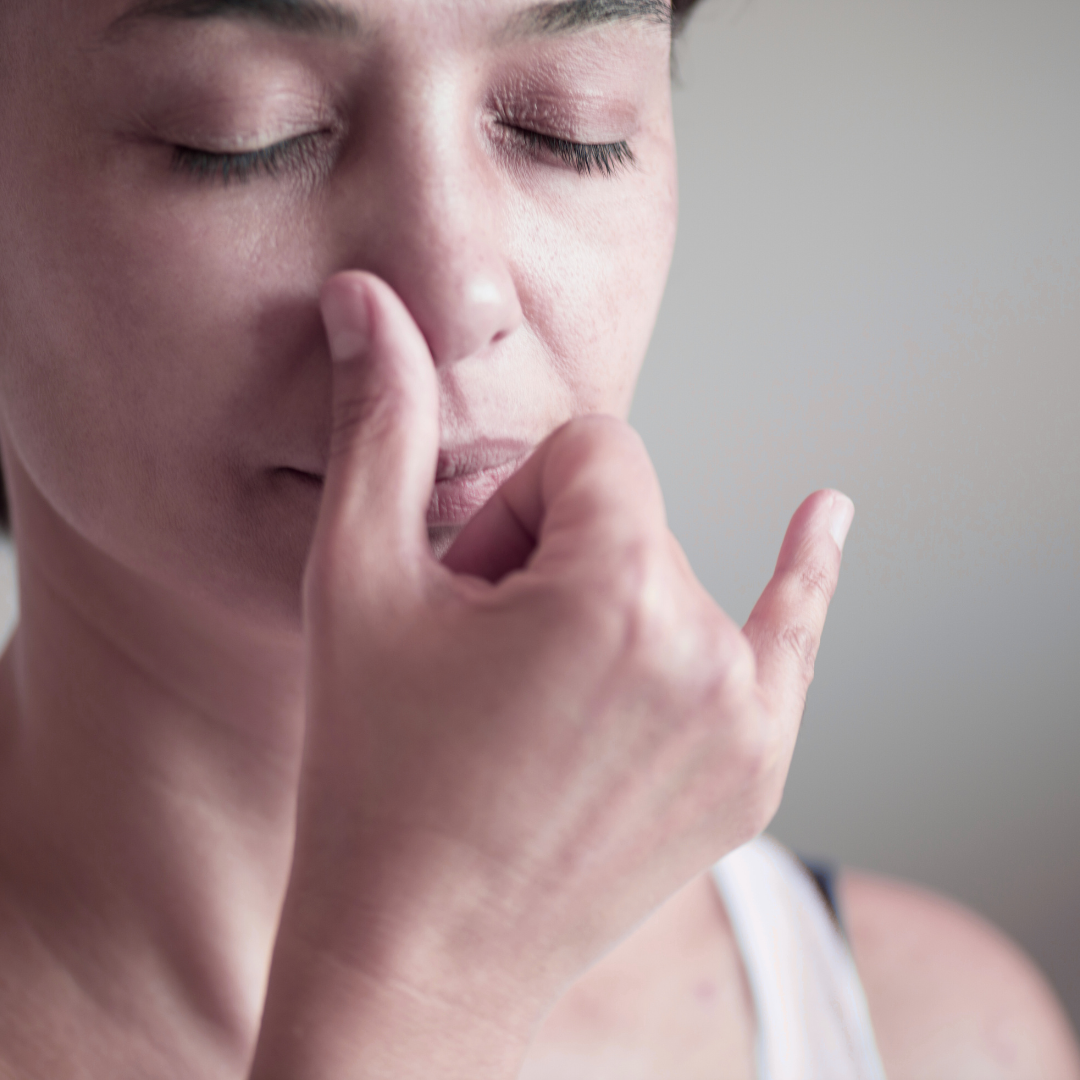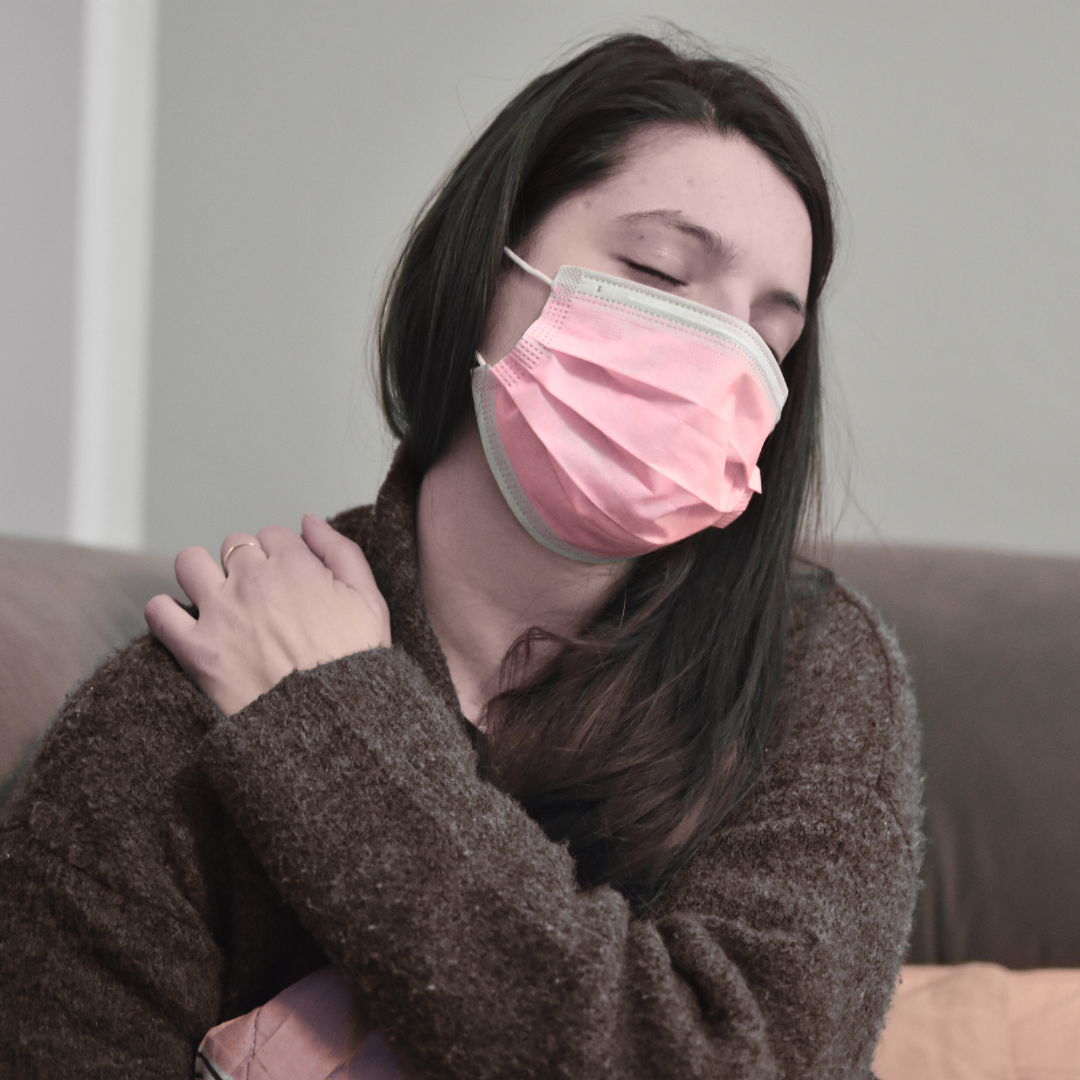Can POTS Improve on Its Own? What Recovery Really Looks Like
Many people with POTS see gradual improvement when they combine hydration, pacing, nervous system work, and root‑cause care.
If you have POTS, it can feel like you’re living in a body that changes the rules every single day. Standing up triggers your heart to race. Simple tasks feel like climbing a mountain. Rest doesn’t seem to restore you. It’s no wonder so many people ask: Can POTS go away on its own?
Let’s talk about what recovery can look like and why there’s hope, even if you feel stuck right now.
What Is POTS and Why It Feels So Overwhelming
POTS, short for Postural Orthostatic Tachycardia Syndrome, is a type of dysautonomia. It means your autonomic nervous system, the part of your body that controls things like heart rate, blood pressure, and digestion—isn’t regulating smoothly. When you stand, blood flow doesn’t shift the way it should. Your heart beats faster to compensate, and symptoms like dizziness, fatigue, brain fog, and anxiety follow.
For many women, POTS begins after a big stressor: a viral infection, major life stress, a trauma, or pregnancy. Once the symptoms start, it can feel like there’s no way out.
Can POTS Go Away on Its Own?
There are cases where POTS improves over time, especially in younger people or when symptoms were triggered by a temporary event such as a virus. For others, symptoms linger for years without clear improvement.
Healing from POTS isn’t usually quick. It isn’t a straight line, either. For most people, symptoms can get better with a layered approach: stabilizing the body, addressing root causes, and helping the nervous system relearn how to regulate.
This is important to understand: waiting and hoping it goes away on its own may not be enough. The body often needs gentle, intentional support to shift back toward balance.
“Waiting for POTS to resolve on its own isn’t always enough—the body often needs gentle, intentional support to shift back toward balance.”
POTS Recovery Stories That Bring Hope
It’s easy to feel hopeless when you’re living through daily flares. But there are many stories of gradual improvement. Women who could barely make it from the bed to the couch have regained the ability to cook, walk, and return to work. Some reach a point where POTS symptoms fade into the background or go away entirely.
What made the difference? It wasn’t one single pill or supplement. Recovery often happens when people learn to pace their energy, rebuild their foundations, find the root cause, and work with practitioners who look deeper than surface-level symptoms.
How Autonomic Nervous System Recovery Changes the Game
The autonomic nervous system is at the heart of POTS. When it is under chronic stress, it struggles to regulate blood flow, heart rate, and digestion. Recovery begins with teaching this system how to feel safe again.
This looks like:
Supporting hydration and minerals so the body feels more stable
Building slow tolerance to gentle movement without crashing
Learning breathing practices that help signal safety
Addressing gut health, hormone imbalances, or infections that may be keeping the nervous system on high alert
Over time, these steps reduce the intensity of flares and allow the body to respond more normally to standing and activity.
Small Steps You Can Take Right Now
Hydration and electrolytes: Start your day with a large glass of water and a pinch of mineral-rich salt or an electrolyte powder without added sugar.
Compression and pacing: Compression socks and breaking activities into smaller chunks can reduce strain.
Breath practice: Spend five minutes a day lying down, focusing on slow breaths into your belly. This helps calm the autonomic nervous system.
Track patterns: Keep a simple notebook of symptoms, flares, and what you ate or did that day. Over time, this reveals helpful patterns.
These are gentle starting points. If you’ve been doing these things without much progress, it’s a sign that your body may need deeper testing and a guided plan.
“Healing POTS isn’t about one single fix. It’s a layered process: stabilizing the body, addressing root causes, and retraining the nervous system.”
You’re Not Stuck Forever
POTS can feel like it takes over your life. It can also improve, sometimes significantly, when your body is supported in the right way. You don’t have to figure this out alone, and you don’t have to keep wondering if this is how life will always feel.
Inside the Nervous System Healing Code, we work on calming the stress response, improving blood flow regulation, rebuilding energy, and guiding your body out of survival mode step by step. Many of our clients notice that the flares become less intense, rest feels more restorative, and the fear around symptoms starts to fade.
If you’re ready to move from stuck to supported, you can start with our program today or schedule a 1:1 consult. These are the first steps toward giving your nervous system what it needs to heal.






































